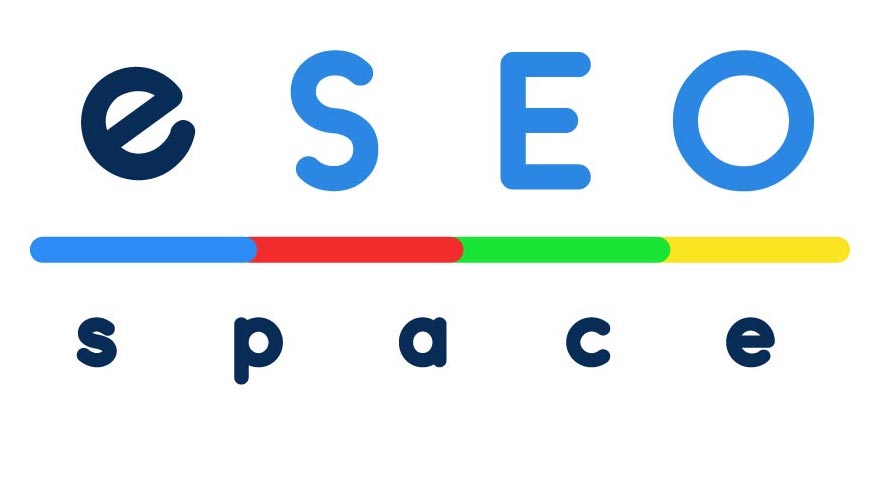A Practical Guide to UX Writing
User experience writing is more than just arranging words on a screen. It’s about creating a digital dialogue that guides users effortlessly through interfaces, helping them understand what’s in front of them. In a world where attention spans rival that of a goldfish, crafting clear, concise, and user-centric content is non-negotiable. Welcome to our guide to UX Writing, where words hold the keys to seamless user experiences.
Understanding UX Writing
Let’s set the stage before diving into the nitty-gritty of our practical guide to UX writing. UX writing isn’t your run-of-the-mill copywriting. It’s a specialized art that revolves around empathy for users. Think of it as the bridge between design and language, ensuring users don’t feel lost in the digital labyrinth. Ideally, you shouldn’t leave user experience writing to be an afterthought. Instead, you should integrate into your web design from the onset to improve the customer experience when a new visitor reaches your website.
But what makes it stand apart from other writing genres? Well, it’s all about context. UX Writing tailors content to specific moments in the user journey. It’s about those crisp, reassuring words in a button that say “Complete Purchase,” guiding users toward their goal. And amidst it all, UX Writing keeps the brand’s voice alive and kicking.
Incorporating Clarity and Simplicity
Complexity might look impressive, but in UX Writing, simplicity reigns supreme. Imagine your users as weary travelers seeking a signpost. They don’t want Shakespearean soliloquies; they want directions that make sense without invoking a mental labyrinth. That’s where clear, concise language steps in.
Long sentences? Chuck ’em. Fancy jargon? Toss it aside. UX Writing thrives on getting to the point without leaving users scratching their heads. Break down intricate concepts into bite-sized morsels of understanding. Enter microcopy: those mini-messages that help users without overwhelming them. Whether it’s a reassuring error message or a nudge to fill out a form, microcopy does the heavy lifting. What’s best is that this approach will also positively affect your entire web design philosophy while boosting your SEO. Search engines prefer websites with simple, user-friendly text, so it might be time to improve the readability of your entire website.
Overcoming UX Challenges That Hinder CRM
Overcoming UX challenges that hinder effective Customer Relationship Management (CRM) strategy planning is crucial for businesses aiming to build strong and lasting customer connections. One area where these challenges often arise is in industries like moving companies. These companies deal with intricate logistics and customer interactions, making streamlined CRM strategies paramount.
A common UX challenge is managing the complexity of booking processes and communication channels during a move. Addressing this, some moving companies have incorporated user-friendly interfaces that simplify scheduling, tracking, and communication. Another challenge lies in maintaining personalized customer interactions amidst a whirlwind of tasks. To conquer this, innovative companies have integrated specialized moving CRM systems with traits that make it user-friendly, facilitating tailored service and smoother transitions. By sharing experiences from moving companies, we can learn that optimizing UX in CRM strategy planning empowers businesses to enhance customer satisfaction, establish trust, and ultimately foster enduring relationships.
The Iterative Process of UX Writing
The way users interact with websites is constantly changing and evolving. Therefore, it’s normal to expect that UX Writing doesn’t stand still either. It’s an iterative dance, adapting to changing user behaviors and technological tides. What worked yesterday might fall flat today, and paying attention to the latest web design trends can help you stay ahead of the competition.
Stay on your toes. Embrace feedback like a long-lost friend. Analytics, surveys, and usability testing – they’re your sounding boards. UX Writing evolves, just like the digital canvas it adorns. Adapt, refine, and improve – it’s the game’s name.
Designing for Seamless User Journeys
User journey: the digital equivalent of a road trip. UX Writing is the GPS that keeps users from veering off course. It’s not about words slapped onto a page; it’s about strategically placing signposts precisely where users need them.
Step into your users’ shoes. What are their pain points? What keeps them up at night? UX Writing isn’t just about conveying information; it’s about addressing their concerns, calming their worries, and encouraging their progress. And don’t forget the A/B testing stage since it can give you valuable insights that you can later use to improve the entire customer journey. Research conducted by MoversTech CRM suggests that asking for customer feedback can increase trust in your brand. UX Writing isn’t carved in stone; it’s a dynamic process of trial, error, and refinement.
Establishing Trust with Users
Trust: the currency of the digital realm. UX Writing plays a pivotal role in cultivating it. Transparent communication builds credibility, and credibility leads to trust. Users dislike surprises, especially when clicking buttons or sharing information. Here’s where UX Writing takes the lead in setting clear expectations.
Product descriptions, terms of use, and privacy policies aren’t just legal mumbo-jumbo; they’re trust builders. Explain the intricate in simple terms, anticipate questions, and pre-empt doubts. When users feel informed and secure, trust blossoms.
Crafting Effective CTAs (Call to Action)
Ah, CTAs – those little powerhouses that beckon users to take action. UX Writing is the magician behind these compelling prompts. Crafting CTAs isn’t just about slapping a “Click Here” button; it’s about psychology and persuasion.
Stirring emotions with words creates a sense of urgency – that’s the magic formula. “Join the Adventure” sparks a different emotion than a bland “Sign Up.” A well-crafted CTA can turn a hesitant hover into an enthusiastic click. UX Writing wields that power.
Practical Guide to UX Writing Conclusion
So there you have it, a glimpse into UX Writing. It’s not just about words; it’s about experiences. Writing to improve the user experience isn’t a monologue; it’s a dialogue between design and users, a conversation that navigates them through the digital realm.
Remember, UX Writing isn’t set in stone. It’s a symphony of clarity, context, and constant evolution. The key takeaways from our guide to UX writing are that you should work to craft seamless experiences, build trust, and nudge users in the right direction. Now it’s time to revisit your website and let your words guide the way to exceptional user experiences.

Author Bio: Edward Grady is a User Experience Designer. Edward loves building bridges between software engineers’ technical mindset and clients’ everyday needs. When he isn’t at his computer, Ed loves browsing the latest crowdfunding campaigns for exciting new purchases.







